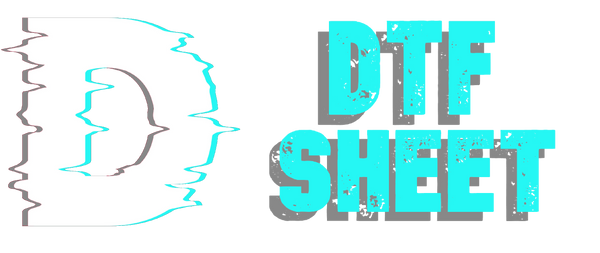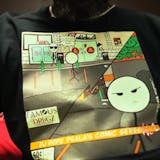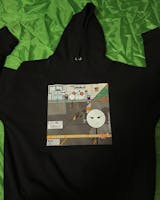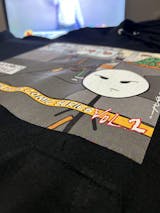DTF printing is an innovative printing technology that is rapidly gaining popularity in the textile industry. Offering many advantages compared to traditional printing methods, DTF printing is also a very cost-effective solution. In this article, we will examine the reasons why the DTF printing system is cost-effective and how this technology has become a cost-effective option in textile printing.
DTF transfer is the process of printing a design directly onto the film and then transferring it to the textile surface by heat treatment. This method produces high-quality prints and can be applied to a variety of fabric types.
Reasons Why DTF Is Affordable
DTF applied with the custom heat transfer method is very cost-effective.
- Equipment Investment: DTF printing machines are more affordable than other industrial printing machines. The startup cost is low, especially for small and medium-sized businesses.
- Ease of Installation: DTF systems are relatively simple to install and generally do not require a large area of space. This saves additional infrastructure costs.
Material costs are also quite low.
- Film and Ink: The film and ink costs used in DTF printing are more economical compared to other printing methods. Additionally, since the use of these materials is efficient, the amount of waste is low.
- Flexibility: DTF transfer can be applied to a wide variety of fabric types and surfaces. This provides the opportunity to produce different products with a single technology and reduces inventory costs.
Production efficiency is extremely high.
- Speed and Flexibility: DTF machines have the capacity to print quickly. This allows large orders to be completed in a short time. Additionally, design changes can be implemented quickly. Moreover, with the advantage of custom gang sheet, it is produced and produced quickly.
- Reduced Labor Requirement: DTF processes require minimal human intervention. This helps reduce labor costs.
It has an energy and environmentally friendly structure.
- Low Energy Consumption: DTF transfer machines generally consume low energy. This saves on energy costs and reduces the environmental footprint of businesses.
- Waste Management: DTF printing produces minimal waste and the materials used are generally recyclable. This both supports environmental sustainability and reduces waste management costs.
Its application area is wide and has economic benefits.
- Small and Medium Businesses: DTF printing systems are the perfect solution for small and medium businesses. Low investment costs and flexible production capacity increase the competitiveness of these enterprises.
- Customized Products: Customized products offer high profit margins. DTF printing is an ideal method for producing personalized t-shirts, bags and other textile products.
- Low Quantity Productions: Traditional printing methods can be costly in low volume productions. DTF transferoffers cost-effective solutions even in small batch production.
Budget and Environmentally Friendly DTF Printing Systems
This system, used with the heat press method, is a very economical printing system. DTF printing system stands out as an important innovation in the textile printing industry with both its technological advantages and cost effectiveness. Low initial costs, material and energy savings, production efficiency and environmentally friendly features are the main reasons why this technology is cost-effective.
While custom DTF printing offers an ideal solution especially for small and medium-sized businesses, it also increases the competitiveness of large-scale manufacturers. For these reasons, investing in a DTF printing system will provide economic advantages in the long term.
DTF printing technology is expected to become more widespread in the future. Constantly developing technology and innovations will enable this printing system to become even more economical and efficient. Adopting this technology will enable businesses to gain competitive advantage and respond to customer demands more quickly and flexibly.








